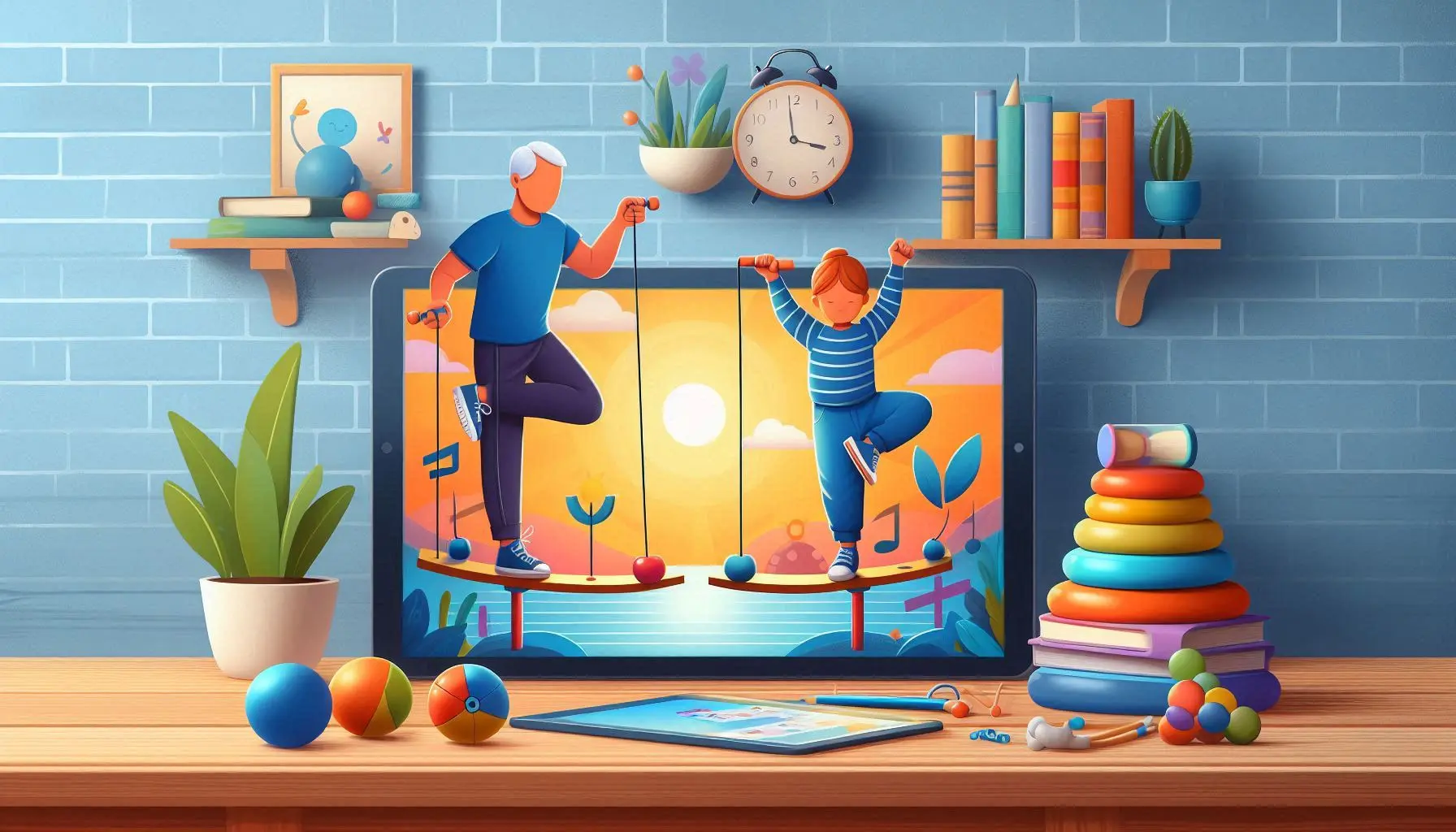In today’s digital age, screens are an integral part of our lives, especially for children. While technology offers valuable educational resources and entertainment, it’s crucial to balance screen time with physical play to ensure a healthy lifestyle. Here are some practical tips for parents to help achieve that balance.
1. Set Clear Guidelines
Establishing clear rules around screen time is essential. Decide on the amount of time allowed each day, considering age-appropriate recommendations. Communicate these rules to your child, making sure they understand the importance of balance.
2. Create a Daily Schedule
Incorporate screen time and physical play into a structured daily routine. Allocate specific times for both activities, ensuring that physical play is prioritized during peak energy hours. A well-balanced schedule can help kids understand when it’s time to engage with screens and when it’s time to get moving.
3. Encourage Active Screen Time
Not all screen time is sedentary! Opt for interactive games that require movement, such as dance or fitness apps. These games can provide a fun way to engage with technology while promoting physical activity.
4. Plan Outdoor Activities
Make physical play an exciting part of your family routine. Schedule regular outdoor activities like hiking, biking, or playing at the park. Involve your children in planning these activities to spark their interest and enthusiasm.
5. Limit Screen Use During Meals and Bedtime
Establishing “no screens” zones during meals and bedtime can help reduce overall screen time. Encourage family meals without distractions, fostering communication and connection. A screen-free bedtime routine can also improve sleep quality.
6. Be a Role Model
Children learn by example, so demonstrate healthy habits yourself. Limit your own screen time when possible and engage in physical activities. Show your kids that balancing screen time with physical play is a family value.
7. Promote Screen-Free Challenges
Create fun challenges that encourage kids to engage in physical activities instead of screen time. For example, set a goal for daily steps, organize a mini sports tournament, or initiate a “screen-free week” where everyone participates in physical play.
8. Use Technology Wisely
Take advantage of apps and tools that promote physical activity, such as fitness trackers or apps that encourage outdoor exploration. Use technology to inspire movement rather than sedentary behavior.
Conclusion
Balancing screen time with physical play is vital for your child’s overall health and well-being. By setting guidelines, promoting active play, and being a positive role model, you can help your children develop healthy habits that last a lifetime. Embrace the joy of active play while navigating the digital world together!
